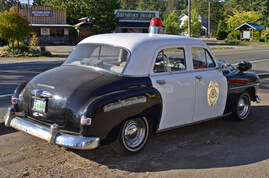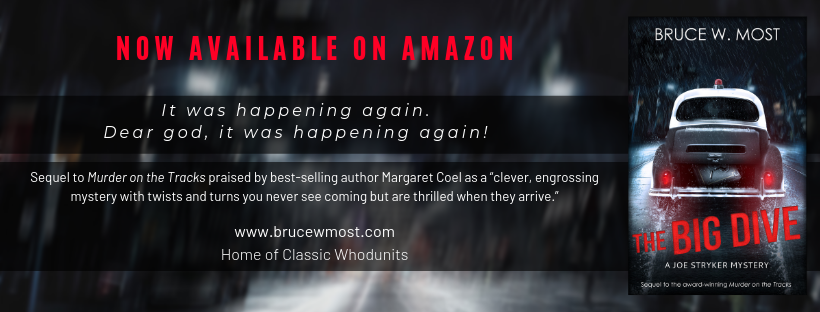|
Being a crooked cop in Denver in the 1950s was easy. Oh, there had always been the petty graft common to many police departments: free meals and coffee from local diners, free cigarettes and booze from bar owners, rolling drunks, and cash or free merchandise from store owners for overlooking code violations.  But Denver’s uniformed police took petty corruption to an entirely new level. At one point, five active safecracking rings operated in the city. Low pay, low morale, low standards, and crooked cops corrupting honest cops contributed to the level of police crime. Veteran cops passed it down to rookie cops like fathers handing family wisdom down to sons. “I don’t think I ever decided to be a crooked cop. It was just a natural progression,” wrote Art Winstanley, the patrolman whose arrest I cited in my previous blog. TURNING A BLIND EYE Honest cops who reported the crimes of this fraternity of dirty cops were shunned by fellow officers and ignored by their superiors. Or worse. One patrolman who reported a theft was sent to a psychiatrist because his superiors considered him “crazy.” A breakdown in departmental discipline and supervision also contributed to this permissive culture, according Life magazine in a November 1961 article. “The department made it easy for us,” said one of the leading burglars in blue. “Either you enforce the law or you forget it,” one of the arrested cops told Life. “I couldn’t enforce it so I forgot it.” For the bad cops, it was easy to commit crimes. After all, they were the sworn protectors. Who would suspect them? For example, patrol units would flock to a store after it was burglarized and they’d help themselves to merchandise left behind by the “real” burglar. Another advantage for dirty cops was their ability to case out a business while on duty. They’d chat with the owner regarding night watchmen, alarm systems, and safes. A natural conversation. They’d return later, break in, and crack the safe with special saws and other tools they’d stolen from hardware stores. During a burglary, a partner or another patrol cruiser might serve as lookout and monitor the police radio for dispatch directing honest cops to check out reports of the crime in progress. If an honest cop patrolled the area, they might smash a window at another store to decoy him. If they tripped an alarm, they’d merely wait for the call to go out from dispatch, respond that they’d check it out, finish the job, and confirm there indeed had been a break-in. Sometimes officers who committed a burglary during the night would “investigate” the scene while on duty the next day after the store owner reported the crime. This provided added opportunity to remove or destroy any incriminating evidence they might have left behind. Even store owners took advantage of the break-ins. Art Winstanley recounted cracking a safe one night and finding less than a buck. Yet when he took down a report from the owner the next day, the owner claimed the burglars had stolen $1,500—the maximum amount his insurance policy would cover. CRASHING DOWN Cops protected each other up and down the line. One of the nearly 50 law enforcement officers arrested in 1961 was the sheriff from an adjacent county. He’d used his office to protect a ring of dirty cops. Denver’s fledgling police union also covered for its lawless members. “We were, after all, policemen; who is going to catch us?” wrote Winstanley. Ultimately, they were caught. In my final segment on Denver’s Burglars in Blue and their inspiration for my novel, we’ll look at how it all came crashing down and mushroomed into an international scandal.
2 Comments
Doug Hawk
7/13/2019 11:11:25 am
Fascinating information. I recall the scandal in late 50s/early 60s. My mother, who had lived in Denver during her grade school years, was quite upset at the criminal revelations.
Reply
Leave a Reply. |
Bruce Most is an award-winning mystery novelist and short-story writer. His latest novel, The Big Dive, is the sequel to the award-winning Murder on the Tracks, which features a street cop seeking redemption while investigating a string of murders in 1949 Denver. His award-winning Rope Burn involves cattle rustling and murder in contemporary Wyoming ranch country. Bonded for Murder and Missing Bonds features feisty Denver bail bondswoman, Ruby Dark. Archives
February 2022
Categories |

 RSS Feed
RSS Feed